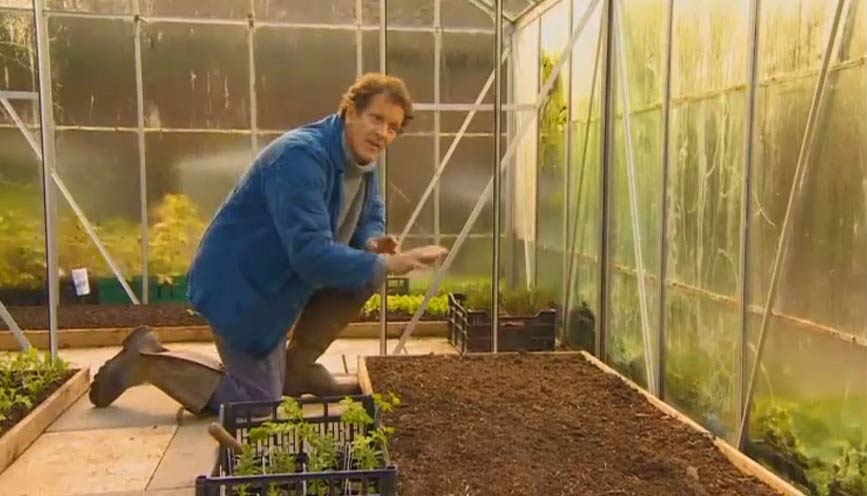Gardeners World 5 October 2012: At Longmeadow, Monty Don has plenty of advice for jobs to be getting on with in early autumn and has tips for planting bulbs in a variety of places in the garden.
At Glebe Cottage, Carol Klein answers another gardener’s dilemma when she shows the best way to divide and care for agapanthus, as well as giving her advice on dividing perennial plants. It is the start of one of the best seasons for planting and, from RHS Rosemoor, Rachel de Thame recommends autumn flowering plants for our gardens, which also have the benefit of adding scent.
Plus, from earlier this year, a visit to the water meadows at Cricklade in Wiltshire to enjoy the spectacle of the fritillary meadows. Reserve manager Anita Barratt talks about these beautiful spring flowers, which can be planted in gardens right now.
Gardeners World 5 October 2012
How to grow agapanthus
These dramatic sun-loving border plants produce large spherical flowerheads, usually in beautiful shades of blue, from midsummer onwards. These sway on tall stems above clumps of strappy foliage. Some species, especially the evergreens, may not be fully hardy, so these are best grown in containers that can be brought indoors over winter.
It is naturally disappointing when agapanthus don’t flower well. It’s quite a common problem, however, and thankfully one that can be resolved. To ensure a good display next year, keep plants well-watered until autumn after flowers start to fade, which will encourage the development of new flower buds.
Although often said, agapanthus don’t actually flower better when pot-bound. It’s true they like to be cosy in their pot, flowering poorly when overpotted or over-divided, but they also flower poorly when excessively pot-bound. So do try repotting every two or three years, plus watering and feeding in spring, to improve flowering.
Fritillary
Fritillaria are bulbous herbaceous perennials with lance-shaped or linear leaves and nodding bell-shaped or bowl-shaped flowers that may be solitary or in racemes or umbels. Grows well in most fertile, humus-rich, well-drained soils and prefers cool, moist summers. Handle the fragile bulbs carefully and plant at four times own depth. Suitable for rock garden, raised bed or naturalising in grass
